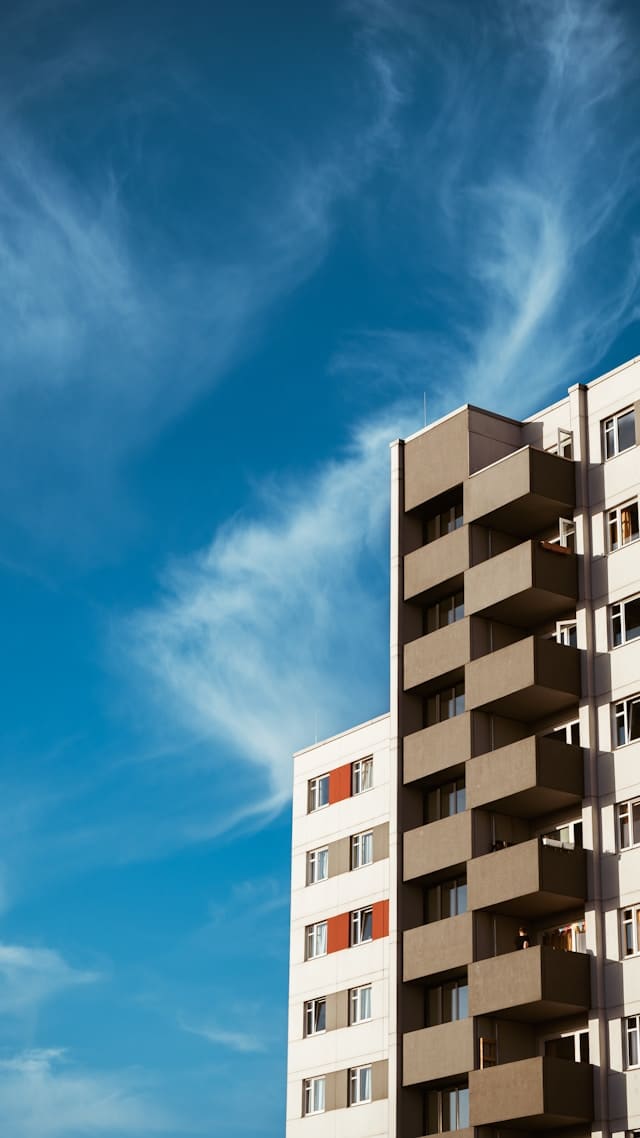How to Create Effective Wind Energy Solutions in High-Rise Buildings?

Harnessing Wind Power in Urban Environments
The quest for sustainable energy solutions is one of the defining challenges of our time. As global populations continue to grow, and our urban environments become increasingly dense, we must explore creative ways to meet our energy needs without further contributing to climate change. In the heart of our bustling cities, one resource remains underutilized: wind. While we’ve harnessed the power of the wind for centuries, it’s time to re-imagine how wind energy technologies can be integrated into the design and operation of high-rise buildings.
These tall structures offer a unique opportunity to capture and utilize the abundant wind flow often present at their upper levels. However, incorporating wind turbines into a building’s design is not without its challenges. It requires careful consideration of several factors, including the building’s design, the local wind conditions, and the specific energy needs of the structure.
En parallèle : How to Integrate Advanced Water Purification Systems in Urban Developments?
Designing Wind Energy Systems for High-Rise Buildings
Starting with the design phase, we can plan and build our buildings with wind energy in mind. Architects and engineers must work together to create a design that not only allows for the safe and effective operation of wind turbines, but also enhances their performance.
The turbulence caused by other nearby buildings can significantly impact a turbine’s effectiveness. Therefore, the building’s design should aim to minimize this effect. This could be achieved by incorporating elements that direct wind flow towards the turbines, such as parapets or specially shaped roof structures.
Sujet a lire : How to Implement IoT Solutions for Intelligent Building Management?
The placement of the turbines is another critical factor. Ideally, they should be positioned at the highest point of the building to leverage the increased wind speed often found at these levels. Furthermore, the turbines should be spaced out sufficiently to avoid interference between them.
Another design consideration is the size and type of turbines to be used. For most urban environments, small horizontal-axis wind turbines (HAWTs) would be the most suitable. They have a smaller footprint than their larger counterparts, making them ideal for high-rise buildings.
Understanding Wind Conditions and Building Requirements
Beyond the design of the building itself, the local wind conditions and the specific energy requirements of the building also play a crucial role in the effective utilization of wind power.
A thorough understanding of the local wind conditions is a must. The wind speed, direction, and variability all affect the performance of wind turbines. The buildings should be designed to optimize the harnessing of prevailing winds, while also considering the potential for significant wind events that could damage the turbines.
The building’s energy requirements also need to be factored in. For instance, a building that is primarily used during the day would have different energy needs than a building that operates 24 hours a day. This would impact the type and number of turbines needed, as well as the design of the building’s energy storage and distribution systems.
Ensuring Safety and Minimizing Noise Impact
Safety should be at the forefront when integrating wind turbines into high-rise buildings. This includes ensuring that the turbines are securely mounted, regularly maintained, and designed to automatically shut down in extreme wind conditions.
Another concern is the noise generated by the turbines. While modern wind turbines are relatively quiet, they do produce some noise that could be disruptive in an urban setting. Therefore, noise reduction measures, such as the use of low-noise turbine models and the inclusion of sound-absorbing materials in the building design, should be implemented.
The Role of Crossref and Scholarly Research
The integration of wind energy solutions into high-rise buildings is a complex task that requires a thorough understanding of various disciplines, including architecture, engineering, and meteorology. Therefore, the use of Crossref and other scholarly research tools is crucial in developing effective solutions.
These tools allow designers and engineers to access a wealth of information on the latest developments in wind turbine technology, innovative building designs, and best practices in wind energy utilization. This valuable knowledge can then be applied to create high-rise buildings that not only meet our energy needs but also contribute positively to our urban landscapes.
Through careful planning, design, and collaboration, we can transform our high-rise buildings into powerful green energy generators. By doing so, we not only reduce our reliance on traditional energy sources but also create more sustainable and liveable cities for future generations.
Utilizing Advanced Technologies for Harnessing Urban Wind Power
The technological advancements in the field of wind energy have made it possible to design wind turbines that can operate effectively in the turbulent wind conditions typically found in urban environments. The role of wind resource assessment tools and computer modeling techniques like Computational Fluid Dynamics (CFD) and wind tunnel testing in evaluating the potential of wind energy in high-rise buildings cannot be overstated.
Wind resource assessment tools can provide a detailed understanding of the local wind conditions, including wind speed, direction, and turbulence intensity, which are essential for optimizing the performance of wind turbines. Google Scholar and Scholar Crossref are valuable resources to access the latest research studies on wind resource assessment.
CFD is used to simulate the flow of wind around a building and determine the optimal locations for installing the wind turbines. This can also reveal areas of high wind speed and turbulence intensity that could potentially damage the turbines. Furthermore, wind tunnel testing can validate the results of CFD simulations and provide insights into the effects of wind on the surface pressure distribution of the building.
Small wind turbines, both Horizontal Axis Wind Turbines (HAWTs) and Vertical Axis Wind Turbines (VAWTs), are commonly used for urban wind energy applications. However, the choice between the two types of turbines depends on many factors, including wind conditions, building height, and aesthetics. For example, HAWTs are more efficient in high wind speeds, while VAWTs can operate in turbulent wind conditions and have a smaller footprint.
Advanced control systems are also essential for optimizing the operation of wind turbines and protecting them from extreme wind conditions. For instance, active pitch control can adjust the angle of the turbine blades to maximize power generation in low wind speeds and protect the turbines in high wind speeds.
Conclusion: Pioneering the Future of Renewable Energy in High-Rise Buildings
Harnessing the power of wind in high-rise buildings presents a promising solution to the growing energy demands in urban environments. By integrating wind turbines into the design of these buildings, we can tap into an abundant and renewable energy resource that can significantly reduce our reliance on fossil fuels.
However, this requires a multidisciplinary approach that combines expertise in architecture, wind eng, and meteorology, along with a deep understanding of the local wind conditions and the specific energy needs of the building. It also involves overcoming several challenges, including ensuring the safety and minimizing the noise impact of the wind turbines.
The role of advanced technologies like CFD, wind tunnel testing, and advanced control systems in overcoming these challenges, and the importance of resources like Google Scholar and Crossref in keeping abreast of the latest research developments, cannot be emphasized enough.
As we continue to explore and develop innovative wind energy solutions for high-rise buildings, we are not only creating more sustainable and liveable cities but also pioneering the future of renewable energy.
